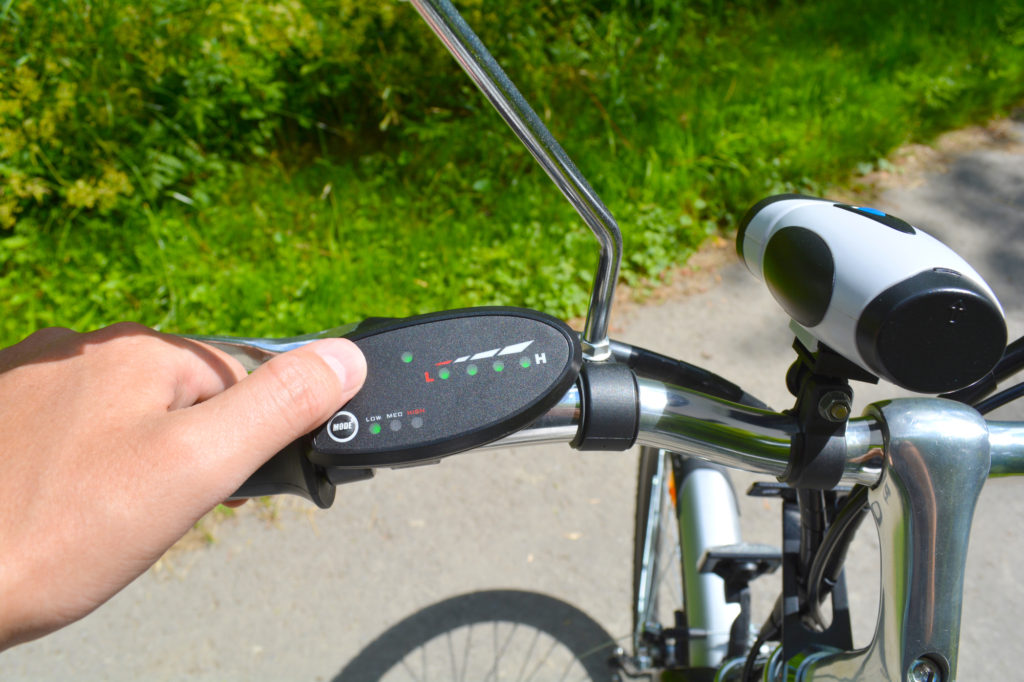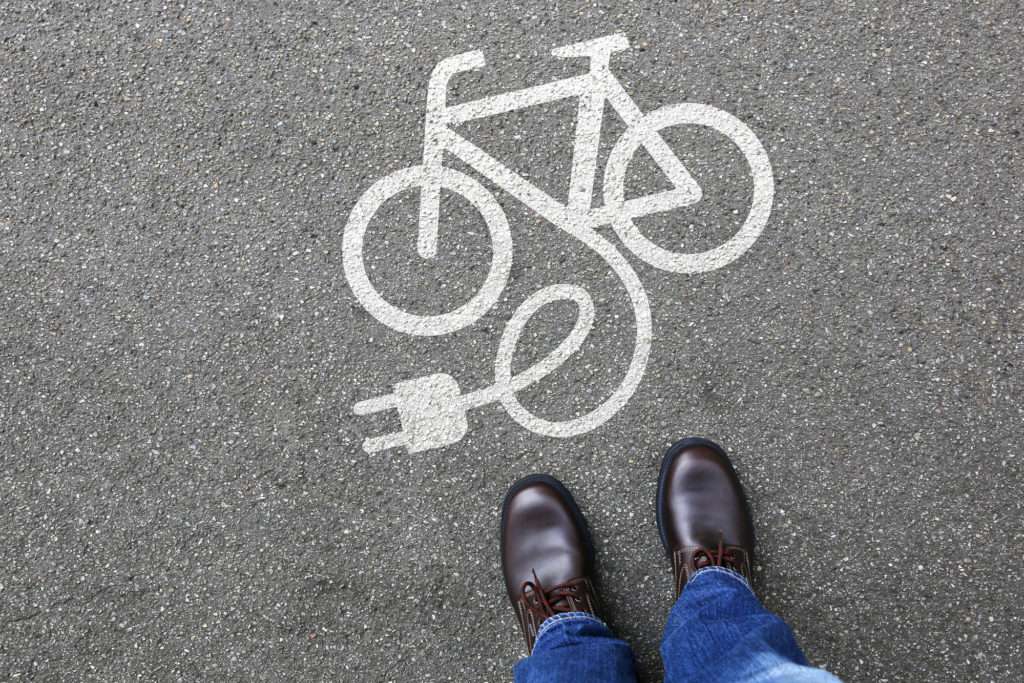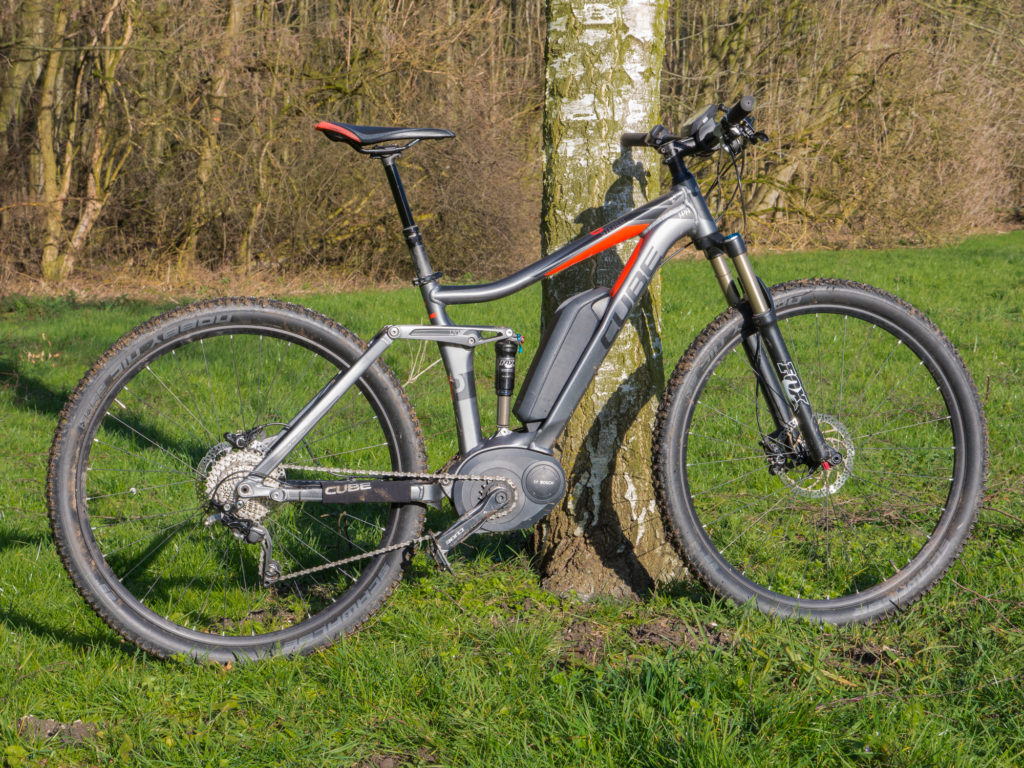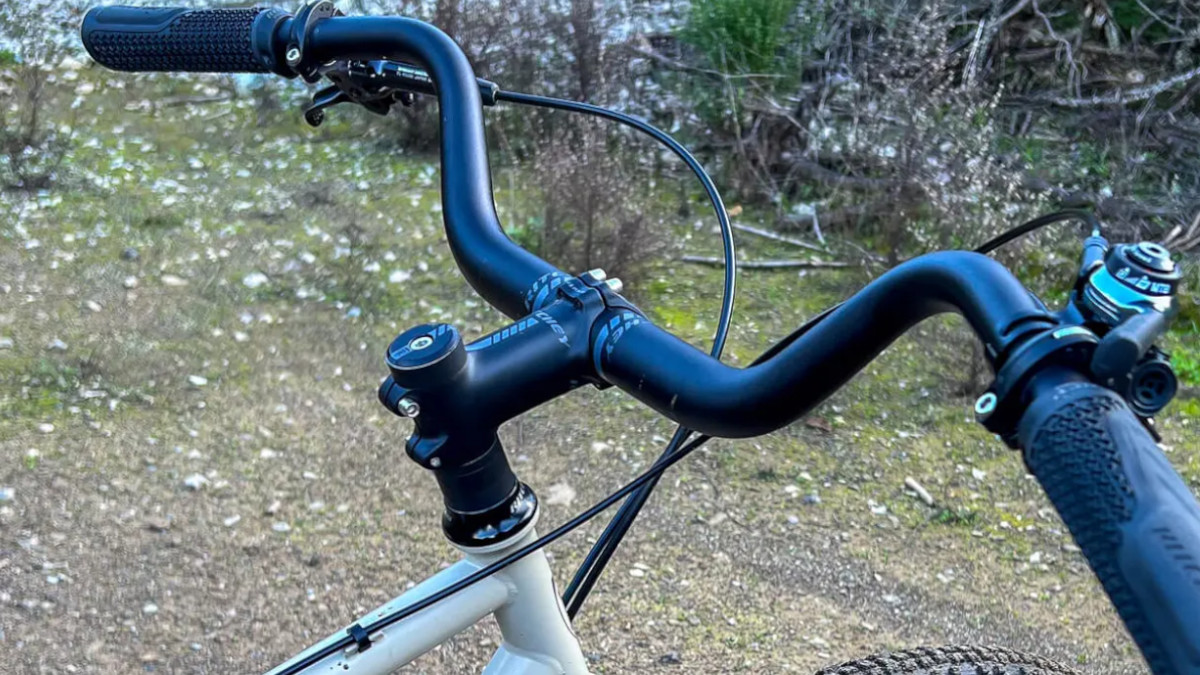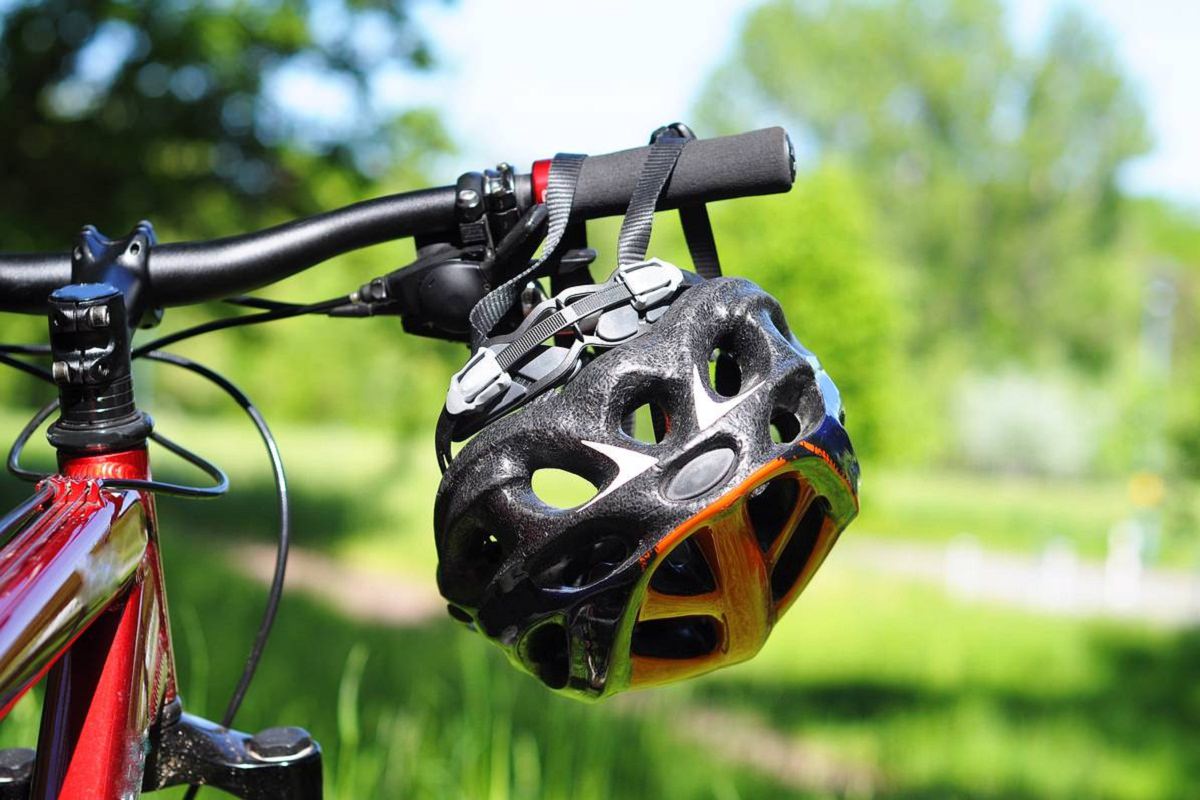Electric mountain bikes have taken the world of cycling by storm. They are equipped with robust suspension systems and wider tires to provide stability and traction on rough terrain. The electric motor assists the rider’s pedaling, making it easier to climb hills and conquer challenging trails.
But how do E-bikes fit in the big wide world of sports? Are electric bikes welcomed in mountain biking? Or are they frowned upon? The answer is an anti-climactic “both”. Wait, wait, Let me explain.
While electric bikes have certainly found their place in commuting, mountain bikes with electric motors have had a harder time getting accepted. There are a lot of reasons why people both love them and hate them, but the most important question is this: should they be legal?
Why Electric Mountain Bikes Should Be Legal
Well, the first reason is “Why not?”
I sincerely considered ending this piece right there. This is up to the local jurisdictions but I felt like it would be a pretty cool mic drop moment, I do have a word count to fill, so let’s go through the actual reasons why electric mountain bikes are awesome and should be accepted by everyone.
1. E-Mountain Bikes Are NOT Dirt Bikes
For convenience, I’m calling them EM bikes from now on. EM bikes are much different from dirt bikes, which a motorcycles. An EM bike is just the mountain bike variation of your standard E-bike.
Nothing more, nothing less. The electric motor is not meant to be the primary means of moving the bike, it is an electric ASSIST. As soon as the motor kicks in, you can feel the difference. But you can ride the bike without using the motor, you can ride it using ONLY the motor, or you can use the motor and pedal in tandem.
2. EM Bikes Are Made To Do A Lot More Than Regular E-Bikes
I have tried the EM bikes and I know for a fact that an E-bike exists for convenience. The E-bike is designed to make riding your bike around cars easier and somewhat safer. It’s designed to improve the bike’s ability to haul things. An EM bike is different.
Though both were designed to enhance the basic bicycle and its capabilities, while the E-bike was made to be convenient, the EM bike was made for sport. An E-bike can help you climb a hill. An EM bike’s motor isn’t there to help you conquer a tricky mountain path, when the motor kicks, it dares you to climb bigger ones.
It’s not about adding to your abilities or giving you a gentle push, it’s about opening you up to a whole new level of performance. The EM bike provides all kinds of opportunities in the sport – it could be a game changer. The world of cycling shouldn’t shun new technology. It should be embraced.
3. EM Bikes Have The Potential To Breathe New Life Into The Sport
Let’s face it: Mountain biking is a young man’s/woman’s sport. It’s the kind of sport you take up when you’re young and fit, and broken bones don’t scare you. As an adventurous cyclist, I like to cycle on challenging mountain trails. Like many fellow riders, this gives the thrill and excitement of a challenge. When I first heard about EM bikes, I was quite skeptical about them.
I could not understand the need for them but when I tried one, I immediately understood that EM bikes are not just about convenience. They unlock a whole new world of adventures for you. I can never forget how I felt when I tried the Thömus Lightrider E1 and conquered a steep hill that I would not even have attempted on my regular bike. This electric mountain bike gave me the extra boost that I needed and I even got the satisfaction of pushing myself to the limits and accomplishing such an experience.
EM bikes can make many trails easier to handle, making them accessible to new cyclists who are interested in trying the sport. It will open things up to older riders and people who perhaps aren’t as physically competent as your typical mountain biking junkie.
Anything that helps the sport grow organically is a great thing!
4. You Don’t Have To Switch To An EM Bike To Compete
A lot of people, whether they admit it or not, are likely miffed about the possibility that EM bikes will render their equipment obsolete. It’s a fair thing to be nervous about, especially if you’ve invested over £2000- £3000 on your mountain bike. It doesn’t help that EM bikes are extremely expensive, with cheap ones clocking in at £4000! Ouch. That price tag is brutal.
But let me tell you a little something. Even though e-bikes exist, the world of competitive cycling hasn’t changed that much. There’s a market for E-bike racing specifically, but otherwise, you’re in the clear. If EM bikes become popular on the trails, they won’t revolutionize the sport, or make regular mountain bikers look bad.
If anything, here is what will likely happen – EM bikes will become a great choice for casual mountain bikers, and on the sports scene, they’ll have their races, instead of competing or replacing the current mountain biking events.
It’s really simple. EM bikes won’t take anything away from the sport. They’ll add to it.
EM bikes Aren’t Bad
E-bikes and their impact on the environment have been a big topic of discussion in the cycling world since day 1, and it’s not hard to see why.
A lot of people think that EM bikes will be not as good for the environment. This is a discussion that many people are having and everyone in on this discussion needs to hear me out on this. Here are the common concerns people have for EM bikes:
EM Bikes are just as bad for the environment as Motorcycles – When comparing the environmental impact between electric bikes and other forms of transportation, it’s really simple. Bikes and E-bikes are emission-free. They do not emit anything harmful into the air through their usage. Here is where the confusion comes into play. You see, people tend to take a polarizing side to an issue. People either think E-bikes are God’s gift to us mortals, or they think E-bikes are worse than cars. We have to accept that it’s not that simple.
Whether or not an E-bike is good for the environment is based on two very important factors.
1. The Electricity
Where the electricity comes from. Some energy sources are green and are great for the environment. There are charging stations for E-bikes that use solar panels. These energy sources are great. They do a lot to reduce or eliminate the problems that come with the generation of electricity.
However, some electricity sources are not so environmentally friendly. This is not a problem inherent with E-bikes and EM bikes specifically, it’s a problem with the energy industry as a whole.
If you want to look out for the environment and make sure that you’re not doing more harm than good, try to only charge your EM bike at a station that uses clean energy. It’s that simple. Saying EM bikes are bad because the energy source might be tainted is silly. It’s addressing the symptom, not the real problem.
2: Battery Disposal
How the batteries are disposed of. Most E-bikes use either Sealed Lead-Acid batteries, Nickel-Cadmium batteries, Nickel-Metal hybrid batteries, or Lithium-Ion polymers. Disposing of these batteries can be a bit of a hazard for the environment if it’s not handled properly. Properly is the keyword there. Batteries, particularly Sealed Lead-Acid batteries, can contaminate the environment under certain circumstances.
That being said, if the batteries are disposed of and recycled right, then there should be absolutely nothing for us to worry about. The good news is that there’s plenty of information available from the retailers who sell EM bikes. If you ask them what to do when your bike is no longer among the living, they can point you in the right direction.
Ultimately, you can’t blame the product. If you care about the environment, the responsibility falls on you, the individual, to do your research and look into charging your EM bikes with clean energy and getting rid of the batteries in the correct manner. Otherwise, it’s like blaming Coca-Cola when your neighbor litters.
Why Do People Think They Shouldn’t Be Legal?
The biggest reason why people oppose electric mountain bikes is that to them, it’s cheating or a bastardization of the sport. In other words, a good portion of the mountain biking community believes that the sport should stick to a traditional mountain bike only.
A lot of trail users even argued that electric mountain bikes should not even have trail access. The logic is that there are already communities for dirt bikers and motorcyclists to perform similar sports, and for some mountain bike enthusiasts an electric mountain bike is just a downgraded version of that.
As mentioned up there, some people also put it in the same league as cheating. They feel it gives you a major advantage over other mountain bikers. It’s seen as a boost in capabilities. For the people against electric mountain bikes, it’s similar to the recumbent bicycles debate when it comes to racing – they give their users an unfair advantage and therefore don’t belong.
But here’s the thing; recumbent bikes have their races and events. So E-mountain bikes should too. The other thing is that there seem to be a lot of misconceptions regarding E-mountain bikes, in that sense that people seem to think they are downgraded versions of motorcycles. This is, of course, a silly thought. They are leagues apart.
Part of the ignorance comes from the simple fact that many people just haven’t had a chance to see or ride one yet, and are basing their opinions solely on the impression they got from seeing articles about them.
FAQs
Are EM Bikes Dangerous?
As a cyclist who has had the opportunity to try out EM bikes on mountain trails, I can confidently say that they are not dangerous. But there is an interesting theory that has cropped up. It comes in two parts – some people believe EM bikes will tear up the trails. Other people believe that they are dangerous because if the motor fails while you’re on the trail, you could seriously hurt yourself.
Are Electric Bikes Suitable For Trails?
Yes, Mountain Biking trails are not nearly as fragile as some people like to think. Besides, while some would say that EM bikes are a slippery slope leading to more powerful vehicles on the trails, the reality is there’s still a world of difference between a motorcycle and an EM bike.
E-bikes have speed and horsepower regulations for road usage in some parts of the world, and similar regulations would nip this problem in the bud. It’s an easy problem to fix.
Can You Get Injured While Ridding An Electric Bike?
Well, for starters, it’s worth remembering that Mountain biking, like all sports, has an inherent risk involved. That’s just part of the game. There’s no avoiding it. But for the simple fact that the motor might falter, doesn’t that still make EM bikes more dangerous than regular Mountain Bikes?
No. While pedaling with the motor’s assist, you’re still putting in enough physical excretion to avoid crashing, according to this study. So in other words, when it comes to safety, EM bikes are perfectly fine to have around.
In Conclusion
So, to answer whether electric bikes should be illegal? The simple answer is NO. Anything that I’ve heard against having EM bikes legal or allowed on mountain biking trails has been 100% baseless. These things are rooted in misinformation and ignorance. Many people involved seem to be missing key facts.
Having had the opportunity to test ride an EM bike on a mountain biking trail I can easily say that EM bikes not only belong on the trails, but they are an excellent asset for the world of cycling. As a first-hand user of EM bikes, I can attest to the fact that the unique experience they offer is worth every penny they cost. Their potential to expand the sport by attracting people towards it is unmatchable.
They provide new opportunities for people to get involved in the sport, and their very existence is going to help the sport grow and gain new fans. Perhaps in the future, mountain biking competitions will have two ridings: one for EM bikes, and one for traditional mountain bikes. Wouldn’t that be cool?
Also Read
- How To Install Motor On A Mountain Bike: Experience The Thrill Of Motorized Mountain Biking
- Best Budget Electric Mountain Bikes 2023- Rated And Reviewed
Should you have any questions or require further clarification on the topic, please feel free to connect with our expert author Dillon Hiles by leaving a comment below. We value your engagement and are here to assist you.

